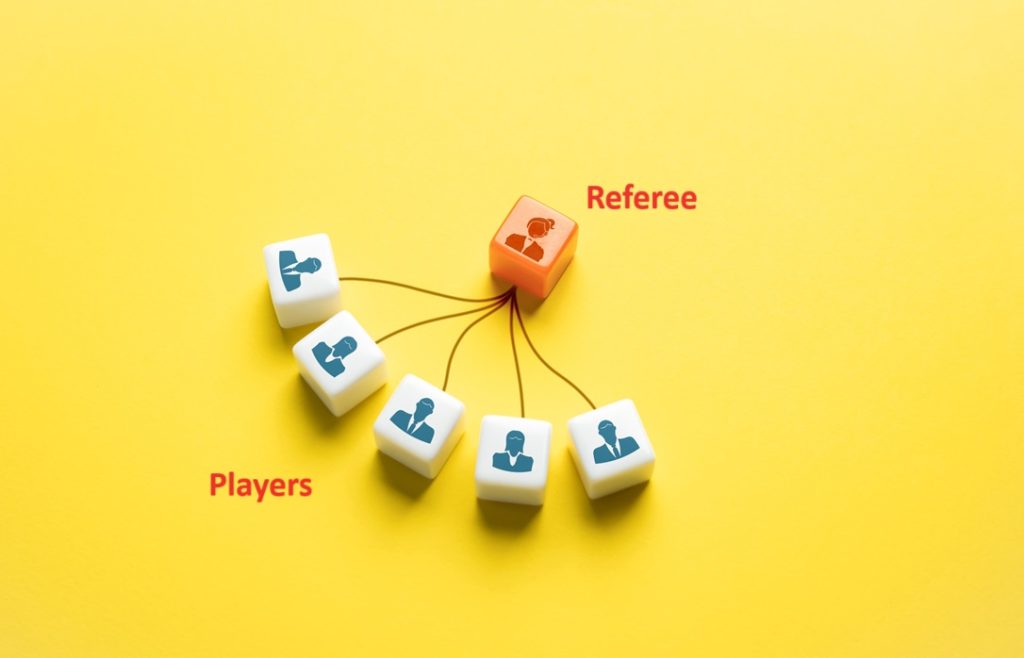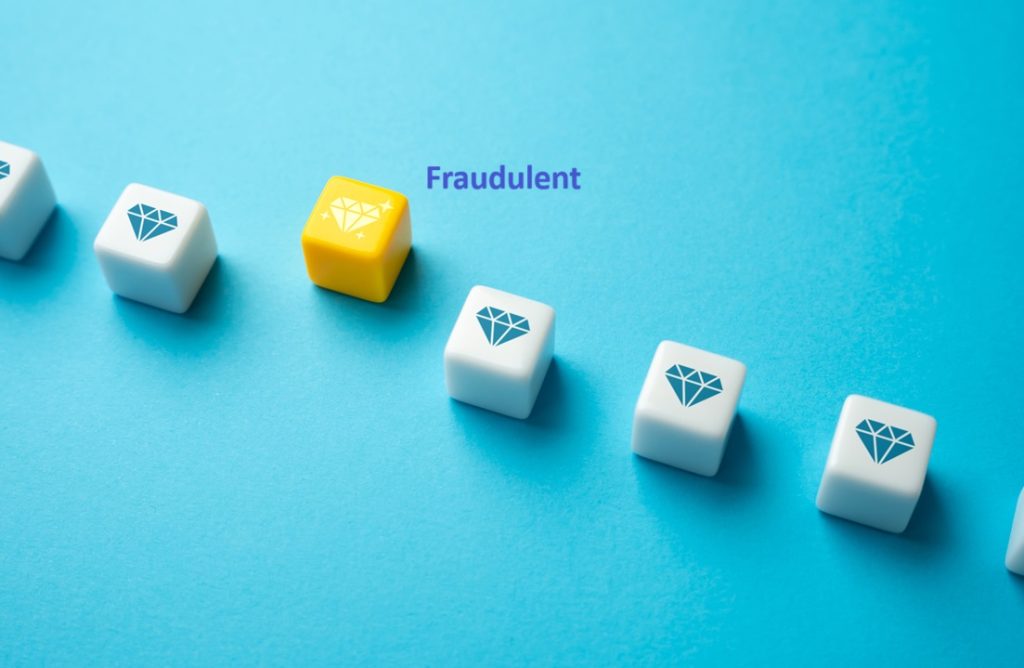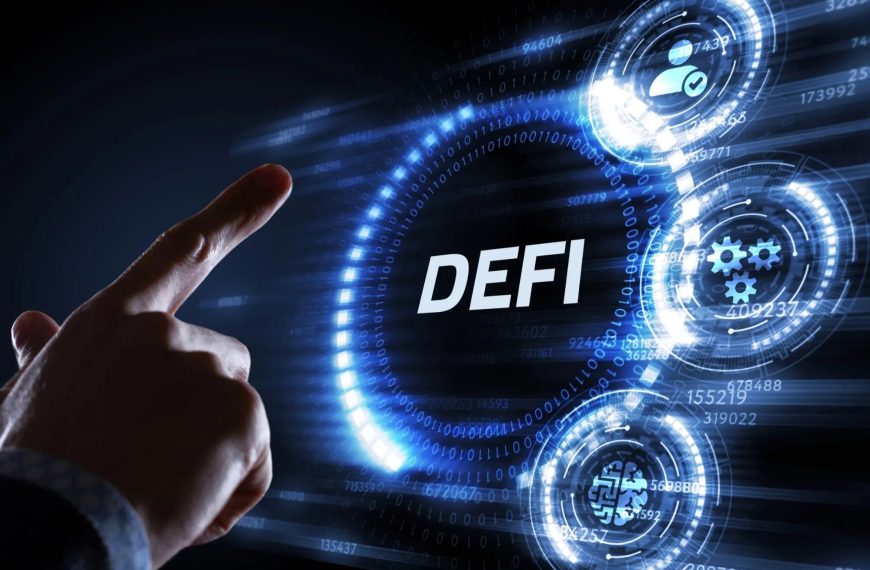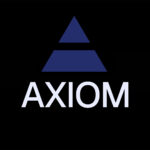Welcome to the fascinating world of blockchain technology! Think of it like a book that everyone in the world can write in, but no one can erase anything. This special book helps everyone keep track of important things like money, agreements, games, and artwork. Let’s explore how blockchain works and why it’s a superior alternative to traditional record-keeping methods.
What is Blockchain?
Imagine you have a chain of toy blocks. Each block represents a piece of information, like a page in a diary. When you add a new block, it sticks to the previous one, and together, they tell a story. Blockchain does something similar but in the digital world. It links pieces of information (blocks) together in a way that makes them very safe and hard to change.
Proof of Work vs Proof of Stake

To understand blockchain better, think about playing a game with your friends where some of your friends are referees. The job of referees is to make sure that everyone is playing according to the rules. Everytime you make a move in the game, your move is recorded and verified by a referee. Now let’s imagine there are two versions of this game.
Version 1: One version of the game is where referees have to do some work, like solve a puzzle, so that everytime you make a move, a referee writes your move down on a colorful toy block and then solves a puzzle to prove that you followed the rules. In blockchain, this is called Proof of Work (PoW), and the referees are called “Miners”.
Version 2: The other version of the game allows you to make a move based on how many toys the referees have. The more toys referees have, the more influence they have in proving that you followed the rules. In blockchain this is called Proof of Stake (PoS), and the referees are called “Validators”.
In blockchain, the rules are known as the blockchain protocol. When someone wants to add new information (like recording a transaction), miners/validators connected to the blockchain check the rules (the blockchain protocol) to make sure the transaction is fair and correct.
Decentralization
In both versions of our imaginary game, the more referees there are, the more reliable and secure the game is. In blockchain, this is called Decentralization, where the more miners/validators on the network, then the more decentralized, and thus the more reliable and secure the network is.
Decentralization means that instead of having a single centralized referee who makes all the decisions and holds all the power (which is prone to bias and error), power and responsibility are spread out among many referees.
This helps prevent single points of failure or control, which make the game more fair and resistant to tampering. In blockchain, each participant or node in the network operates independently but follows the same rules, creating a robust and transparent system where everyone can verify the results and trust the process.
Advantages of Blockchain Over Traditional Finance

Trust and Transparency
Imaging having a diary that records everything you do such as how much money you send and receive. In traditional finance every bank has its own “diary” of transactions. But in blockchain, there is only 1 diary, and this diary is publicly available. This means everyone can see it and trust that the information is correct without needing to trust one person or one entity to keep the diary safe. In blockchain, the diary is known as the “ledger”.
Security
Blockchain offers an enhanced level of security and transparency that traditional systems struggle to match. Each transaction on a blockchain is encrypted and linked to the previous transaction, creating a secure, immutable chain. This means that once a transaction is recorded on the blockchain, it’s impossible for someone to change the ledger without everyone else noticing.

For example, in Proof of Work, the process of solving complex mathematical puzzles not only verifies transactions but also creates new blocks in such a way that it would be computationally impossible to attack the network or insert a fraudulent transaction anywhere in the ledger.
In Proof of Stake, security is maintained by requiring validators to hold and lock up a significant amount of the cryptocurrency they are validating. This skin-in-the-game, i.e. “stake”, creates a strong incentive for validators to act honestly, as dishonest behavior would result in losing their stake, making it economically unfeasible to attempt fraud or attack the network.
Additionally, since the blockchain ledger is transparent and publicly accessible, there is a clear audit trail for every transaction, which increases trust among participants.
Speed and Efficiency
Without intermediaries, transactions on blockchain are processed more quickly. Traditional banking transactions, especially those that cross international borders, can take days to clear and settle due to the need for manual processing and verification by multiple parties. In contrast, blockchain transactions are completed in minutes or even seconds. This is because the validation process is conducted simultaneously across multiple nodes in the blockchain, speeding up transaction times significantly.
Lower Costs
The most immediate benefit of removing intermediaries is the significant reduction in costs. Traditional transactions often incur various fees such as processing fees, service charges, and administrative fees imposed by banks and financial institutions. These can accumulate, especially in complex transactions such as international trades. Blockchain bypasses these costs by allowing parties to transact directly. The fees associated with blockchain transactions are generally limited to network fees, which are typically much lower than those charged by traditional financial systems.
Empowering Smaller Players
By democratizing transactions and reducing barriers to entry, blockchain technology empowers individuals. It provides them with an opportunity to compete on a more level playing field. For example, those who suffer from a lack of access to traditional banking services, can leverage blockchain to access new funding sources and decentralized financial products without the need for substantial collateral or high credit scores.
Example in Practice: Peer-to-Peer Transactions
Consider a peer-to-peer lending platform powered by blockchain. Here, individuals can lend and borrow money directly from each other without going through a bank. The terms of each loan are encoded into a “smart contract”, which autonomously executes when conditions are met, ensuring both parties adhere to the agreement without the need for an intermediary. This not only makes the process faster and less expensive but also opens up access to capital for those who might be underserved by traditional banks. This is an aspect of blockchain known as “DeFi” which stands for Decentralized Finance. It refers to financial and investment services offered on blockchain, such as borrowing, lending, providing liquidity, earning yield, and futures and spot trading. DeFi offers an attractive alternative to stringent requirements of similar services in the traditional finance market, thus circumventing the gatekeeping imposed by banks and central authorities.
Future of Blockchain
By facilitating direct connections between parties, blockchain technology not only cuts costs and increases efficiency but also fosters a more equitable financial landscape with an approach that challenges and revolutionizes traditional finance models.
As more people take the time to learn about blockchain, to understand and start using it, the more that blockchain will change the way society functions. From banking, to voting in elections, to keeping health records safe, blockchain will reshape many parts of our lives in profound ways.
Also Read: Top 10 Myths About Crypto: Debunking the Digital Future











